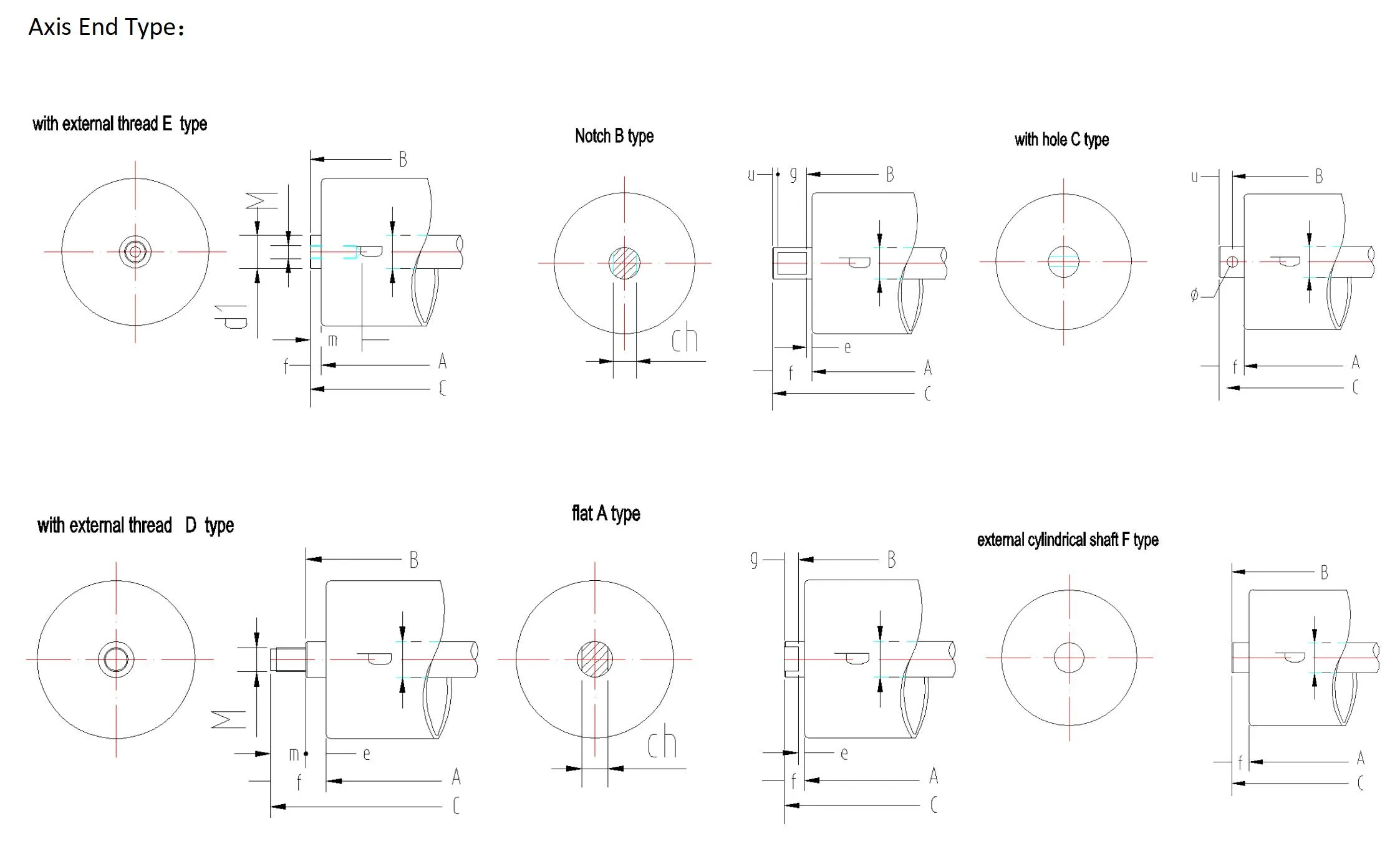 Afrikaans
Afrikaans  Albanian
Albanian  Amharic
Amharic  Arabic
Arabic  Armenian
Armenian  Azerbaijani
Azerbaijani  Basque
Basque  Belarusian
Belarusian  Bengali
Bengali  Bosnian
Bosnian  Bulgarian
Bulgarian  Catalan
Catalan  Cebuano
Cebuano  Corsican
Corsican  Croatian
Croatian  Czech
Czech  Danish
Danish  Dutch
Dutch  English
English  Esperanto
Esperanto  Estonian
Estonian  Finnish
Finnish  French
French  Frisian
Frisian  Galician
Galician  Georgian
Georgian  German
German  Greek
Greek  Gujarati
Gujarati  Haitian Creole
Haitian Creole  hausa
hausa  hawaiian
hawaiian  Hebrew
Hebrew  Hindi
Hindi  Miao
Miao  Hungarian
Hungarian  Icelandic
Icelandic  igbo
igbo  Indonesian
Indonesian  irish
irish  Italian
Italian  Japanese
Japanese  Javanese
Javanese  Kannada
Kannada  kazakh
kazakh  Khmer
Khmer  Rwandese
Rwandese  Korean
Korean  Kurdish
Kurdish  Kyrgyz
Kyrgyz  Lao
Lao  Latin
Latin  Latvian
Latvian  Lithuanian
Lithuanian  Luxembourgish
Luxembourgish  Macedonian
Macedonian  Malgashi
Malgashi  Malay
Malay  Malayalam
Malayalam  Maltese
Maltese  Maori
Maori  Marathi
Marathi  Mongolian
Mongolian  Myanmar
Myanmar  Nepali
Nepali  Norwegian
Norwegian  Norwegian
Norwegian  Occitan
Occitan  Pashto
Pashto  Persian
Persian  Polish
Polish  Portuguese
Portuguese  Punjabi
Punjabi  Romanian
Romanian  Russian
Russian  Samoan
Samoan  Scottish Gaelic
Scottish Gaelic  Serbian
Serbian  Sesotho
Sesotho  Shona
Shona  Sindhi
Sindhi  Sinhala
Sinhala  Slovak
Slovak  Slovenian
Slovenian  Somali
Somali  Spanish
Spanish  Sundanese
Sundanese  Swahili
Swahili  Swedish
Swedish  Tagalog
Tagalog  Tajik
Tajik  Tamil
Tamil  Tatar
Tatar  Telugu
Telugu  Thai
Thai  Turkish
Turkish  Turkmen
Turkmen  Ukrainian
Ukrainian  Urdu
Urdu  Uighur
Uighur  Uzbek
Uzbek  Vietnamese
Vietnamese  Welsh
Welsh  Bantu
Bantu  Yiddish
Yiddish  Yoruba
Yoruba  Zulu
Zulu Conveyor Pulley Cost Comparison and Factors Affecting Pricing Analysis
Understanding Conveyor Pulley Prices Factors and Insights
Conveyor systems play a crucial role in various industries, from mining to manufacturing, facilitating the movement of materials with efficiency and precision. Within these systems, conveyor pulleys are essential components that provide the necessary support and stability to the conveyor belts. As industries evolve, the demand for high-quality conveyor pulleys has risen, prompting a closer examination of the factors influencing their prices.
1. Material Quality and Type
One of the primary determinants of conveyor pulley prices is the material from which they are constructed. Common materials include steel, aluminum, and composite materials. Steel pulleys, for instance, offer durability and strength, making them ideal for heavy-duty applications, but they tend to be more expensive due to their robustness. In contrast, aluminum pulleys are lighter and often more cost-effective for lighter applications, but they may not withstand heavy loads as effectively. The choice of material not only influences the initial cost but also impacts long-term performance and maintenance, which are crucial to consider.
2. Size and Design Specifications
The size and design of conveyor pulleys significantly affect their pricing. Larger pulleys, designed to handle heavier loads and longer belt lengths, typically come at a higher price point. Moreover, specialized designs, like crowned pulleys or those featuring specific surface textures for better traction, further drive up costs. Customization options, such as unique dimensions or enhanced features for specific industrial applications, also contribute to the overall price, as they often require additional engineering and manufacturing processes.
3. Manufacturer Reputation and Quality Standards
conveyor pulley price

The reputation of the manufacturer plays a significant role in determining conveyor pulley prices. Established manufacturers with a proven track record of producing high-quality, durable pulleys might charge higher prices due to the assurance of quality and reliability. Such manufacturers often adhere to stringent quality standards and provide warranties, which can be essential for businesses seeking long-term operational solutions. Conversely, lesser-known brands may offer lower prices but could compromise quality, leading to potential breakdowns and increased maintenance costs in the future.
4. Market Trends and Economic Conditions
Economic conditions and market trends also influence conveyor pulley prices. During periods of economic growth, demand for industrial equipment, including conveyor systems and their components, tends to increase, which can lead to higher prices. Conversely, during economic downturns, manufacturers may lower prices to stimulate sales, impacting overall market pricing. Additionally, fluctuations in raw material costs, influenced by global supply chain dynamics, can further affect the pricing of conveyor pulleys. For instance, rising steel prices can lead to increased costs for steel pulleys, reflecting broader market trends.
5. Maintenance and Lifespan Considerations
When evaluating conveyor pulley prices, the total cost of ownership, which includes maintenance and longevity, should be considered. Investing in higher-quality pulleys may involve a higher upfront cost, but their durability often leads to reduced maintenance and replacement expenses over time. Businesses should also assess the operational environment of their conveyor systems; harsh conditions may require more resilient, higher-priced pulleys to ensure long-term reliability.
Conclusion
In conclusion, the price of conveyor pulleys is influenced by a variety of factors, including material quality, size, design specifications, manufacturer reputation, and broader market conditions. While it may be tempting to opt for the lowest-cost solutions, businesses must consider the total cost of ownership and the long-term benefits of investing in high-quality components. By understanding these dynamics, companies can make informed purchasing decisions that align with their operational needs and budgetary constraints, ensuring that their conveyor systems operate effectively and efficiently for years to come.
-
Revolutionizing Conveyor Reliability with Advanced Rubber Lagging PulleysNewsJul.22,2025
-
Powering Precision and Durability with Expert Manufacturers of Conveyor ComponentsNewsJul.22,2025
-
Optimizing Conveyor Systems with Advanced Conveyor AccessoriesNewsJul.22,2025
-
Maximize Conveyor Efficiency with Quality Conveyor Idler PulleysNewsJul.22,2025
-
Future-Proof Your Conveyor System with High-Performance Polyurethane RollerNewsJul.22,2025
-
Driving Efficiency Forward with Quality Idlers and RollersNewsJul.22,2025





























